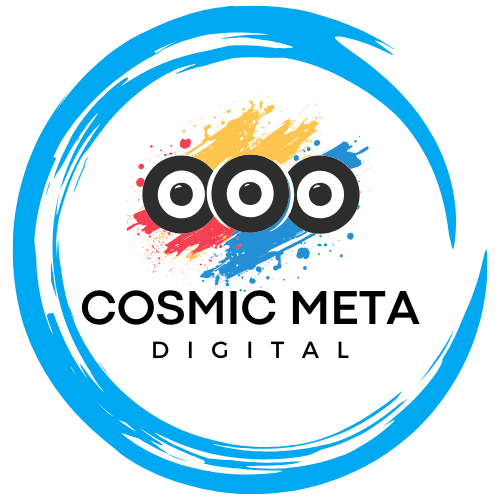In the ever-evolving world of technology, programming languages rise and fall with new innovations and shifting demands. Yet despite fierce competition and the emergence of new frameworks, Python remains the undisputed leader for artificial intelligence (AI) and data science in 2025. Thanks to its versatility, intuitive syntax, and expansive ecosystem, Python continues to be the top choice for developers, researchers, and organizations worldwide. Python’s resilience, adaptability, and thriving community reaffirm its central role in driving innovation.
Python’s Continued Dominance in AI
Artificial intelligence development demands frameworks that are intuitive, scalable, and quick to prototype. Python’s minimalist syntax, coupled with its vast ecosystem of libraries, makes it ideal for advanced AI applications. Frameworks such as TensorFlow, PyTorch, Scikit-learn, Keras, and Hugging Face Transformers have become indispensable.
Moreover, Python integrates seamlessly with major cloud platforms like AWS, Azure, and Google Cloud. It enables efficient model training, deployment, and scaling. Platforms centered on AutoML and distributed training pipelines increasingly rely on Python as the core language.
Beyond technical integrations, Python powers research in reinforcement learning, federated learning, and ethical AI. These advancements highlight Python’s role in shaping the responsible future of artificial intelligence.
Python’s Strength in Data Science
Data science thrives on efficient data manipulation, analysis, and visualization. Python’s libraries—Pandas, NumPy, Matplotlib, Seaborn, Plotly, and Polars—remain essential for workflows from exploratory data analysis to machine learning models.
Additionally, tools like PyCaret, DVC, and MLflow strengthen Python’s presence. They bring automation and reproducibility to data science projects. Integration with big data platforms like Apache Spark and GPU-accelerated tools like RAPIDS allows Python to handle massive datasets.

Python’s impact extends to business analytics and decision-making. It empowers professionals from various fields to leverage machine learning with ease.
Expanding Horizons: The Growing Python Ecosystem
Python’s most significant advantage is its expanding ecosystem. New libraries and frameworks emerge daily, addressing needs from healthcare to finance. Its interoperability with languages like C++, Rust, and Swift ensures high-performance development without sacrificing flexibility.
Frameworks like FastAPI, Dask, Modin, and Web3.py showcase Python’s broad reach. In quantum computing, libraries like Qiskit and Cirq have established Python as a leader.
Furthermore, Python’s role in AR, VR, and IoT projects is growing rapidly. Its adaptability continues to fuel innovation across traditional and emerging technologies.
Education, Community, and Cultural Influence
Python’s popularity extends beyond technical reasons. Academic institutions prioritize it for introductory courses due to its simple syntax.
Platforms like Coursera, edX, Udemy, and freeCodeCamp offer countless Python courses. Coding bootcamps also build tech careers around Python skills.
The vibrant Python community is another pillar of success. Platforms like Stack Overflow, GitHub, and Reddit offer resources, tutorials, and projects. Conferences like PyCon and SciPy foster knowledge sharing and innovation. Python’s inclusive community encourages developers to contribute and collaborate.
Challenges on the Horizon and the Road Ahead
Despite its strengths, Python faces challenges. Performance limitations compared to C++ or Rust and the Global Interpreter Lock (GIL) are ongoing concerns. However, projects like PyPy and initiatives like PEP 703 aim to address these issues.
New languages like Mojo promise Pythonic syntax with compiled performance. Still, Python’s adaptability and robust ecosystem ensure its continued relevance.
Python’s future extends into fields such as:
- Quantum computing and hybrid systems
- Personalized medicine and bioinformatics
- Explainable AI (XAI) and ethical machine learning
- Decentralized finance (DeFi) and blockchain
- Robotics, autonomous vehicles, and edge computing
As these domains grow, Python’s influence is expected to deepen.
Conclusion
In 2025, Python’s simplicity, versatility, expansive libraries, and thriving community keep it at the heart of AI and data science. Although new tools will emerge, Python’s adaptability and cultural presence ensure it remains essential.
For newcomers, startups, enterprises, and researchers alike, Python is the trusted companion that turns ideas into reality.
With a bright future ahead, Python stands ready to meet the challenges of the next technological era, ushering in a decade of creativity, discovery, and progress.
Further Reading:
- Why Python is Essential for AI – Datamites Global Training Institute
- Python Software Foundation Official Site
- PyTorch 2025 Roadmap
- TensorFlow Official Blog
- Qiskit for Quantum Computing
- FastAPI Official Documentation



